I’ve read over 200 responses to the Supporting Australian Stories Options Paper – so that you don’t have to. These are my takeaways.
Jenny Buckland
3 Aug 2020
Part 1: This review matters to lots of people – here’s what some of them said about kids TV.
If you’re following the “Supporting Australian Stories” review of the screen sector, you’ve probably read or heard about the headline responses from broadcasters and major production players. There were many less prominent submissions that haven’t been covered by journalists or industry commentators and they highlight what’s at stake for the broader community.
Quite a few submissions on children’s TV were received from producers, including some anonymous ones who work on children’s TV from within the commercial broadcasters. It was striking, however, that some of the most powerful submissions advocating for kids TV, came from parents.
One of those was Bridget Blain, who wrote:
I wanted to express how important Australian content is to me, to my family, and to the wider community. When I was a child (some thirty years ago), the ABC and ACTF were responsible for delivering a wealth of culturally relevant, engaging and educational programs that I greatly enjoyed… My family household valued Australian culture and perspectives being reflected, shared and celebrated, and programs like Round the Twist were much-loved as they were imaginative, beautifully written and uniquely Australian. Viewing these days is a completely different landscape. Most of the programs being watched, be they series or movies, are streamed. Whilst this has created greater choice in one respect, it has also seen American content almost completely foreshadow homegrown TV and movies. It would be an incredible shame to see Australian content fall even further away. It is vital that young people are regularly offered characters, settings and stories from their home country. Diversity is a wonderful asset in Australia, but American content taking up all of our screens is not diversity. Please consider boosting Australian production so that my children (and one day their children) can continue to enjoy amazing programming like Thalu. Before long, Australian children may forget what an Australian accent even sounds like due to the enormous flood of media from the US, and to a lesser extent, the UK. Keep Australia’s many different voices alive and valued!

Round The Twist
Anonymous 17 said:
Bring on more shows like Bluey!! Recognisable landmarks from our own city – the west end markets, mowing the lawn, kookaburras. I want my girls to identify, relate, have pride in seeing Australian stories on screen.

Bluey. Photo credit: ABC
Anonymous 29 said:
I am the mother of two curious young Australians, 5 and 10 years of age. Our stories matter to them. Be it their language/about their immediate community from Play School, or seeing themselves represented in award winning children’s series like The Unlisted, they respond instinctively to Australian programming.
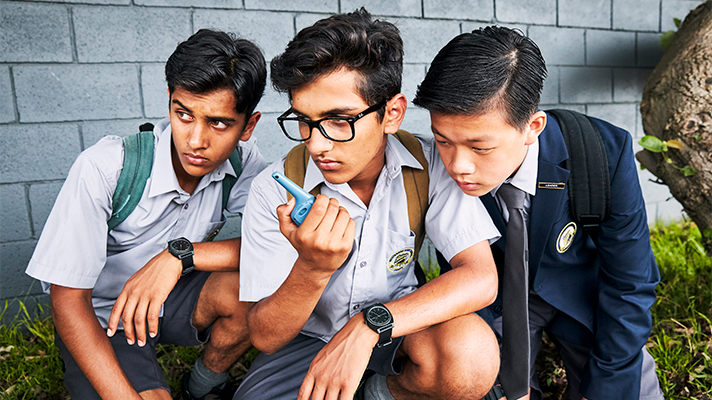
The Unlisted
Gail Stroud, costume designer, finished her submission with:
Finally on children’s TV. I am a Mum and I want my child to grow up with an Australian accent, knowing about our culture, being proud that she comes from the country with the oldest continuous living culture in the world, has an Australian sense of humour and knows that as an Australian she is in a brave progressive country. She is 8 years old and honestly, she prefers to watch Bluey to Peppa Pig, The Inbestigators to Teenage Mutant Ninja Turtles, any day. She loves the feeling of “getting” the characters – that it could be her, or her friends, in the story.

The Inbestigators
Anonymous 15 is a member of the LGBTQIA+ community who wrote regarding the importance of seeing queer stories on screen, including growing up:
“I think having kids’ programs made here are important on this note as well. Children’s content should be representative of that ideal Australia we are working towards … workplaces free of discrimination, and that starts with making media that is not only free of it, but represents people and stories that exist to show children who are learning, how the world works.”
The Australian Council of State School Organisations (ACSSO), representing the families of more than 2.5 million children attending Government schools, provided a thoughtful submission, noting the rapid transformation of the media available and used by children in recent years. ACSSO believes that all young people should see the diversity and culture of Australia reflected in the media that they access and noted that:
For our children, the media should act as both a mirror with content that reflects their world, where they live and who they are. Moreover, media should act as a window into the world they live in, exemplifying to them the diversity of culture, religions, employment and opportunities that they may not experience in their world. Studies from many fields (Ward, 2004, Schmader, Block & Lickel, 2015)) have shown that it is important for children to see characters who not only look like themselves and their families, but also sound like them. Without access to Australian content on our screens, young people will not be exposed to their world in their contemporary or socio historical context. For marginalized groups, in particular, the mainstream media are believed to offer critical insight into how the world at large views their group, its members, and their contributions. There’s a relationship between low self-esteem and negative media portrayals of racial groups, in addition to an association between poor self-esteem. ….
Our policy, developed and supported by the families of children in the nation’s government schools is clear: All broadcasters should provide programs:
(a) which inform, stimulate and entertain children;
(b) which promote personal growth of individuals by ensuring quality and diversity in their choice of children’s programs;
(c) for all children, especially in early primary years, which reflect experiences they will encounter in their Australian environment;
(d) which are sensitive to the multicultural nature of the Australian community;
(e) that reflect the needs and sensitivities of the family viewing audiences;
(f) give special consideration to the ages and interests of intended audiences;
(g) pay particular attention to the time schedule of children’s programs.
To this end, ACSSO strongly recommends the continuation and expansion of Australian content in programs and would welcome continued discussion regarding its growth and improvement to ensure diversity and inclusion of representation for young people today. A media reflecting our richness and diversity is crucial for the future of Australia.
Support for Kids TV from teachers
There was also considerable support for Australian kids TV from educators, who also championed the ACTF.
This included individuals, such as:
Anonymous 7, a Grade 5/6 Teacher in a South Australian school. He says that he regularly uses Australian children’s programs in classrooms and that
“the high quality Australian children’s content that the Commonwealth Government invests in – shows like My Place, Little Lunch, Lockie Leonard, Little J and Big Cuz – are incredibly important to educators and the audience and stay in circulation in schools long after they go off air. The content should be considered as a long-term investment in Australian culture and the children’s audience, and not a short-term fad”.
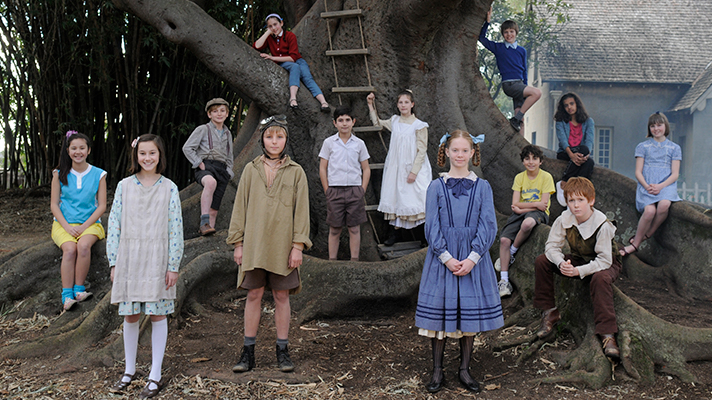
My Place
Stephen Breen, school principal from Western Australia who spoke of years of experience with children in schools said that:
The social, emotional and academic needs of children are ideally suited to the film, TV and digital environment and are best developed through stories that children can relate to their everyday life and culture. These stories cannot be totally imported cheaply from across the world because relevance is a most important determinant for a young child to grasp the significance and importance of the concept. Who knows best about our Indigenous and multicultural uniqueness, our history or in fact, our language?
Support also came from peak teaching bodies like the Australian Literacy Educators Association (ALEA) who said:
The issue of Australian content in children’s screen culture is an important one to our group and members. As educators we recognise the significant impact both positive and negative that screen time can have on our children. It is important that children have a positive sense of well-being, identity and culture and we believe that television has an important role to play in this space. It is of utmost importance that Australian children continue to have access to high quality television shows and series.
The long term impact of kids TV on us
Dov Kornits, publisher of FilmInk shared his personal story:
I was born in the Ukraine, arriving in Australia as a refugee at the age of 9. There were no English learning programs at the time of my family’s arrival, and I was thrust straight into primary school. I learnt English primarily through watching television, and I now write for a living. My sense of self was influenced greatly by what I watched, with programs such as Skippy, Romper Room and Humphrey B. Bear significant in my formative years. Worth noting is that these programs were on commercial networks, and not the ABC, as my family preferred those at the time, so that was what I was exposed to. I would imagine that there will be plenty of Australian families that are in a similar circumstance today, and they are inevitably using Netflix, Disney+, etc. The formative age described above encompasses the beginning of the journey with screen content for most people. Right now, as I observe my 10-year-old son, his favourite programs are The Simpsons on Disney+, BTN on ABC and various Youtubers. To use a cliché, screen content is like a mirror, and if the reflection does not represent us, then I am concerned for our future generations and their cultural identity as Australians.
Danielle Binks, author and literary agent, also felt that Australian children’s television had been influential on her growing up, leading to a creative life:
I wouldn’t be in the industry I am now (that of; books, writing, imagination, and storytelling) were it not for my younger years spent watching television shows like Playschool, Mr. Squiggle, and Bananas in Pajamas. My tween-to-teen years feeling seen via shows like; Ship to Shore, Heartbreak High, Round the Twist, The Genie from Down Under and Escape from Jupiter/Return to Jupiter. And now as an adult, having a deep and abiding appreciation for adult dramas like; The Secret Life Of Us, Love My Way, Offspring, Rake, Total Control, Redfern Now, Deep Water, Bloom, SeaChange, Mystery Road, Cleverman, and Glitch to name a *very* few.
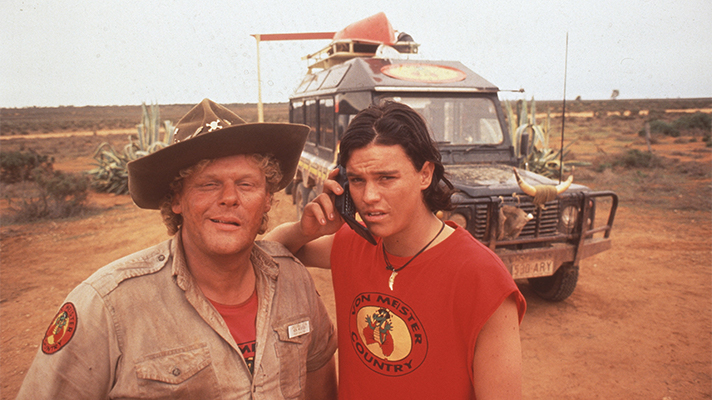
The Genie From Down Under
Kids TV as a training/talent/career accelerator:
Industry submitters pointed out that children’s television production has a storied track record as a training ground for Australian practitioners.
Talent Agent Catherine Poulton highlighted the role that children’s drama has played as a “talent accelerator” for many of the performers whose careers she manages, while Goalpost Pictures called children’s television a “proven talent escalator” for both cast and crew. (Goalpost Pictures produced Lockie Leonard, which launched the careers of Sean Keenan, Gracie Gilbert and Clarence John Ryan among others.)

Lockie Leonard
The Australian Production Design Guild mentioned the career pathway provided by children’s drama with examples of production designers who started in children’s television including Owen Paterson (Matrix, etc) and Fiona Donovan (Frayed, A Place to Call Home).
The Australian Film Television and Radio School (AFTRS) argued that the children’s television production sector was one of the key centres of excellence in the industry, providing invaluable training pathways for key talent:
This latter point is very important. For, while some talented individuals are compelled to travel overseas to further their careers, and often then remain overseas (directors, for example), genres that work in collaborative teams, with ongoing output relationships with end-users, tend to stay at home. Consequently, the companies they are associated with grow and become local economic drivers in the sector…In Children’s, there is Flying Bark in Sydney, Ludo, the creators of the hit series, Bluey, in Brisbane and Blue Rocket in Tasmania. Each is a mainstay of the local industry. … these centres must be recognised for their potential as highly productive training and internship pathways – vital for the ongoing growth of a diverse, healthy screen ecosystem. AFTRS argues, in addition to a review of the quota system, the government prioritises creativity and considers identifying and supporting these ‘centres of excellence’: the domestic powerhouses of Australian screen storytelling and culture.
International success of Kids TV
The international success of Australian kids TV, due to its high production values, was another talking point for submitters.
Gail Stroud, costume designer, said:
Also, in my opinion, Australian children’s programs are of exceptionally, consistent, high quality. Netflix are buying them anyway – shouldn’t we be playing the long game and be requiring them to commission them? Our stories are actually in high demand internationally, this is a unique opportunity that could be revolutionary for our industry, and how the world sees us.
First Assistant Director, Jeremy Grogan, pointed out that:
“our potential to reach a worldwide audience is evidenced by the international acclaim that our children’s programming receives. Of the current crop of local kids shows, The Inbestigators in seen around the world on Netflix, and Bluey is a hit on Disney, just to name two…. It reflects the fact that our budgets for children’s content are relatively on a par with those for similar projects around the world.”
These submissions – and there are many more – underscore what’s been achieved via more than 30 years of Commonwealth Government support for Australian children’s television, through regulation and investment. They certainly focus the mind on what’s at stake.
In Parts 2 and 3 (over coming weeks) I will explore some of the more interesting proposals for change, and the key decisions that will need to be made.


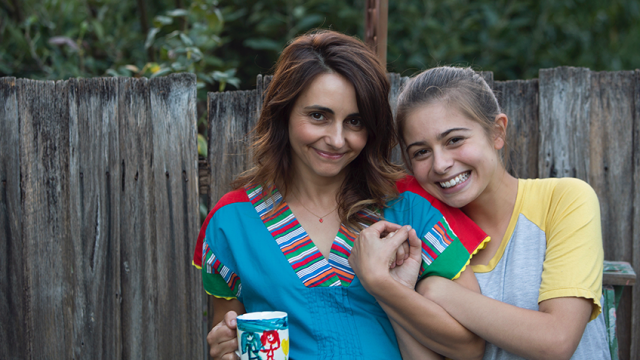
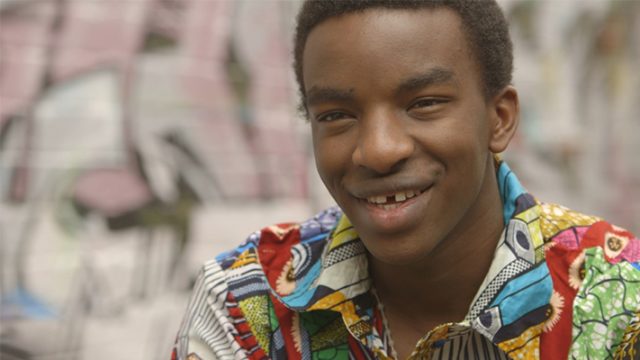

Comments
Comments for this post are open.